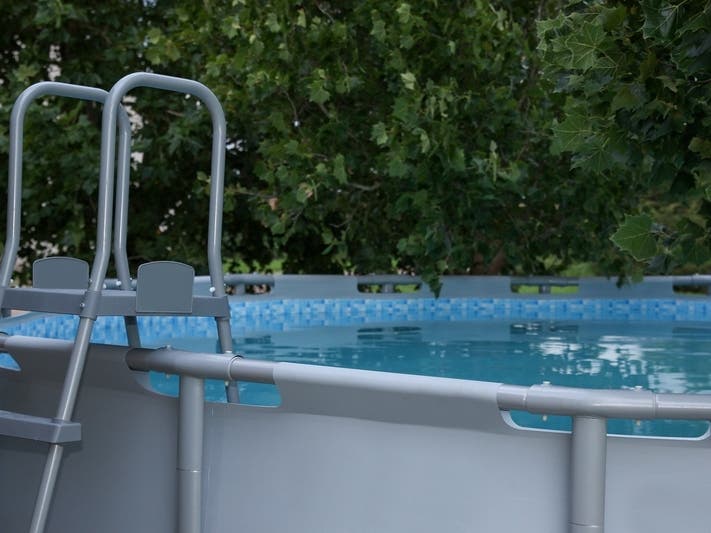Kids & Family
5 Factors That Increase The Risk Of Drowning In MN
Drowning is the second-highest cause of accidental death for children ages one to 14 in the United States, the CDC finds.

MINNEAPOLIS — A 12-year-old boy died Tuesday after he was pulled from a closed Minneapolis pool. On Saturday, a 9-year-old boy died in an apparent drowning at a city pool in North Mankato.
Those incidents were among a series of water-related deaths in Minnesota amid June's extreme and unseasonable heat.
"As COVID-19 restrictions ease, many families will have informal gatherings and take trips to the beach, increasing the potential for children to have unsupervised access to water," the Family Features group said in a recent news release.
Find out what's happening in Across Minnesotawith free, real-time updates from Patch.
"Because of this, it's important for children to take swimming lessons to learn water safety skills and create safer habits in and around water. As swimming lessons begin across the country, many are being conducted safely with COVID-19 precautions in place."
Drowning causes more deaths among children 1 to 4 than any other cause except birth defects, according to the Centers for Disease Control and Prevention. Drowning is the second-highest cause of accidental death for children ages one to 14 in the United States, the CDC finds.
Find out what's happening in Across Minnesotawith free, real-time updates from Patch.
These factors can increase the risk of drowning:
No swimming ability
Formal swimming lessons can reduce the risk of drowning among children from 1 to 4 years old, according to the CDC.
No or few barriers
Most children ages 1-4 drown in home swimming pools. Pool fencing and other barriers can prevent young children from getting to a pool area while unsupervised.
According to the CDC, a four-sided fence that separates the pool area from the house and yard reduces a child’s risk of drowning by 83 percent compared to three-sided property-line fencing.
No close supervision
Drowning can happen quickly and quietly anywhere there is water, including bathtubs or buckets, notes the CDC.
No life jacket
Under Minnesota law, all children under the age of ten must wear a U.S. Coast Guard-approved life jacket at all times while in a boat.
No CPR
Family Features recommends that parents and caretakers should learn CPR. "If the unthinkable does happen, knowing how to perform CPR allows you to take immediate action, which has been shown to significantly better the outcome for children with submersion injuries," the group notes.
"In the time it takes for paramedics to arrive, you could save someone's life. Seconds count; the quicker CPR is started, the better the chances of recovery."
Find out more information about pool and water safety at the CDC.
Get more local news delivered straight to your inbox. Sign up for free Patch newsletters and alerts.